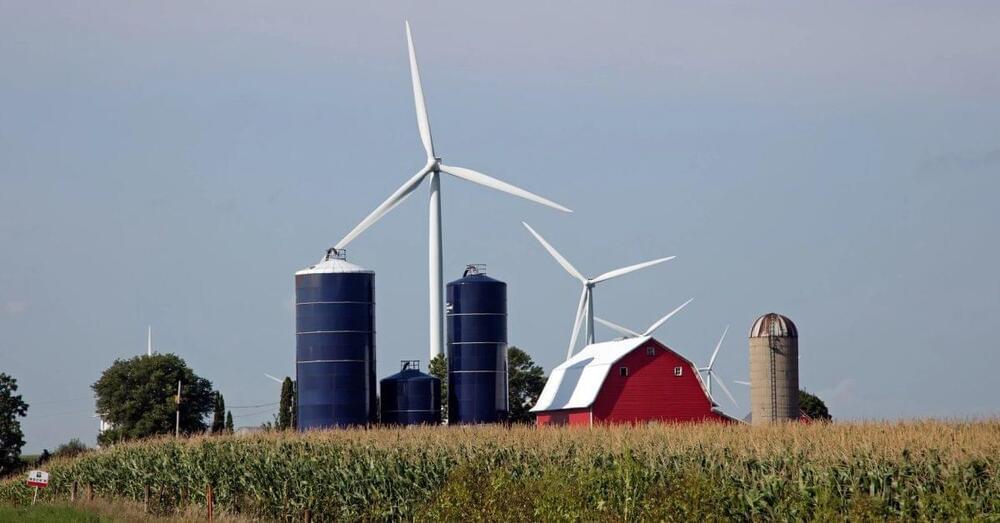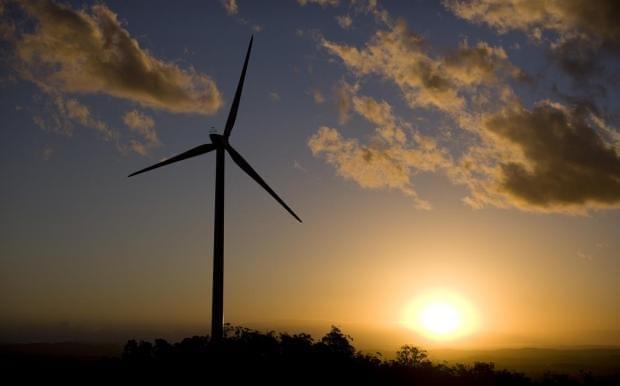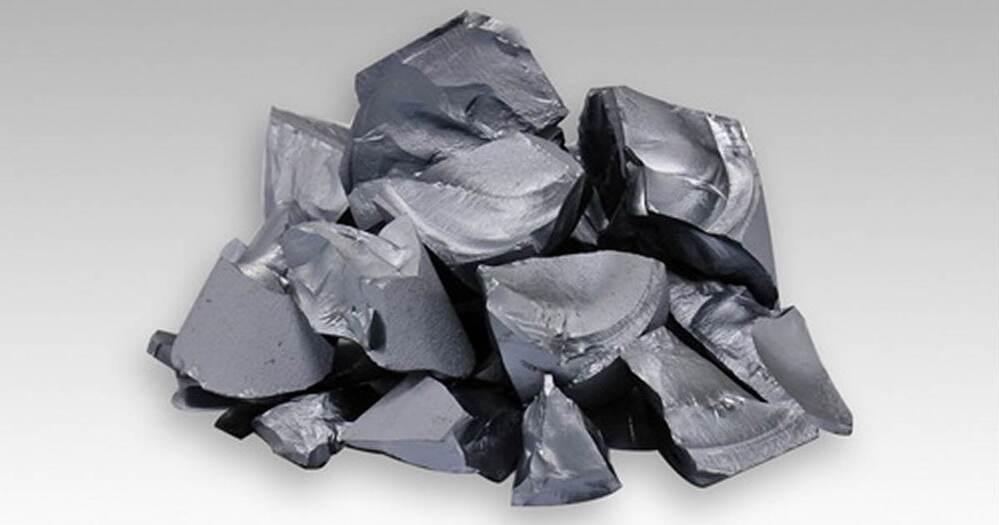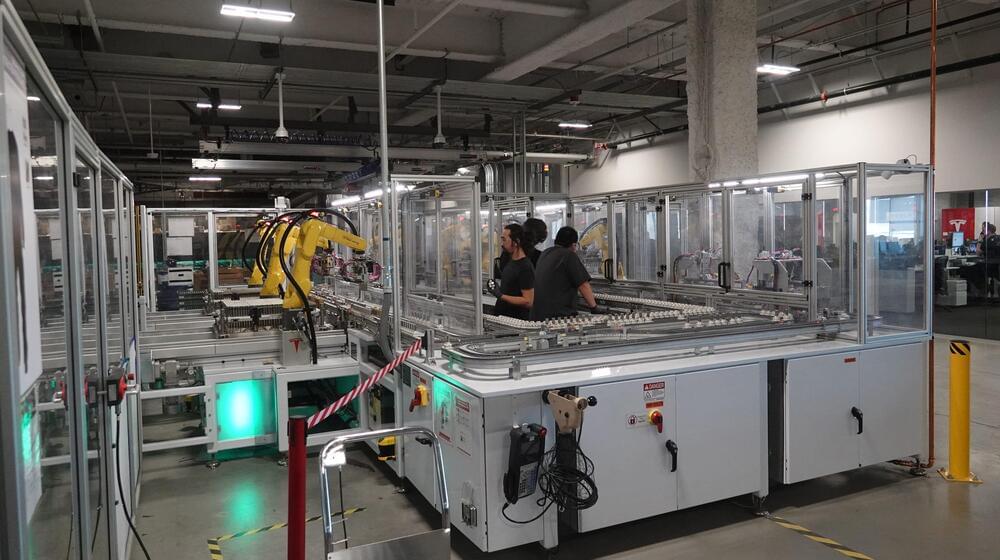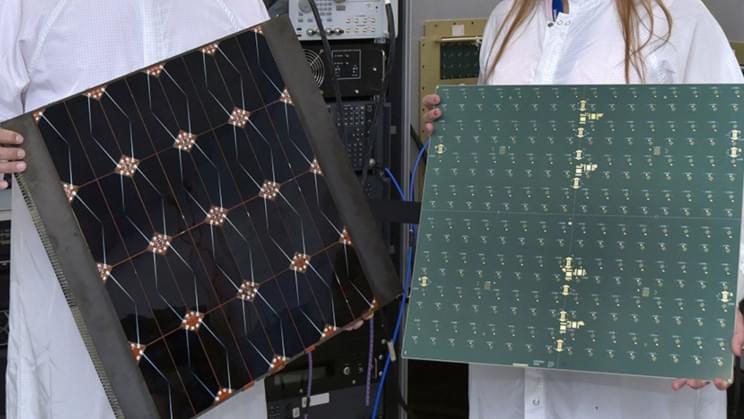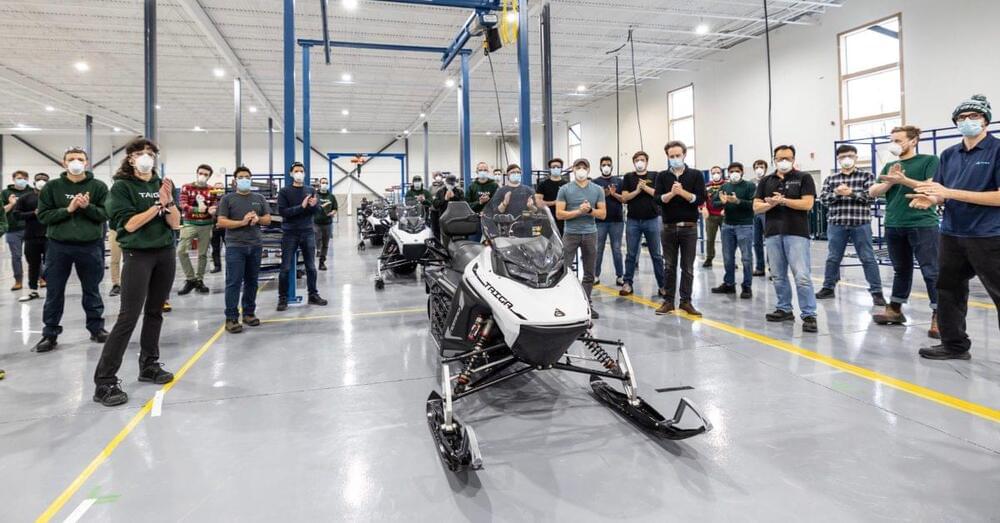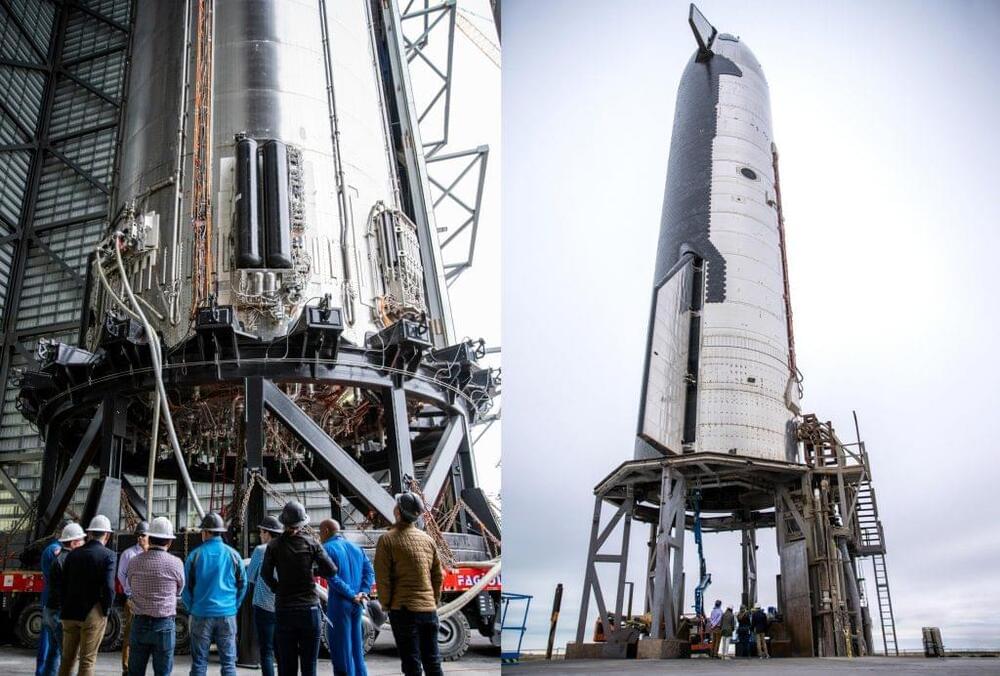Clean energy sources generated a record 834 billion kilowatt hours (kWh) of electricity, or about 21% of all electricity generated in the US in 2020, the US Energy Information Administration (EIA) reported yesterday. That includes wind, hydroelectric, solar, biomass, and geothermal.
UnderstandSolar is a free service that links you to top-rated solar installers in your region for personalized solar estimates. Tesla now offers price matching, so it’s important to shop for the best quotes. Click here to learn more and get your quotes. — *ad.
Only natural gas (1.617 billion kWh) produced more electricity than clean energy in the US in 2020.
